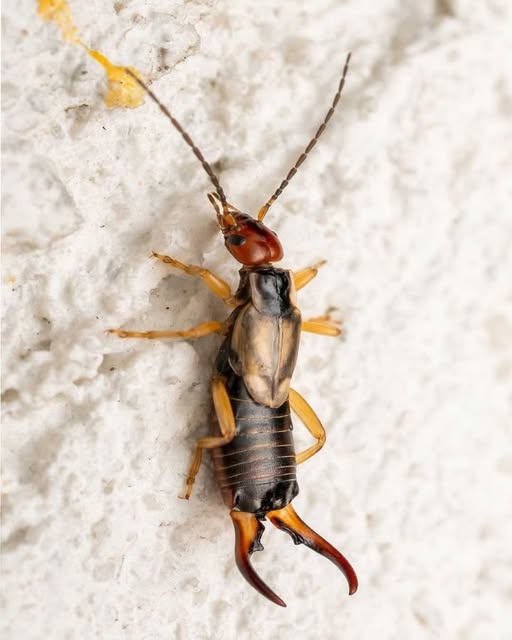ADVERTISEMENT
What to Do: Fire ant bites, in particular, can be very painful and may lead to a raised welt or even an allergic reaction. Wash the area with soap and water, and apply a cool compress to reduce swelling. If your child experiences any difficulty breathing or swelling beyond the bite site, seek medical attention immediately.
7. Unknown or Exotic Insects
- Symptoms: If the insect bite looks unusual and doesn’t fit into any of the categories mentioned above, it could be an exotic or less common bug. Some new pests are emerging in certain areas, possibly due to climate changes or shifts in travel patterns.
- What to Do: If you have no idea what bit your child, it’s best to monitor the bite closely. If there are symptoms like severe pain, fever, dizziness, or swelling spreading beyond the bite site, seek medical help right away. If you’re near a known area where strange bugs have been spotted, you may want to take a photo and consult with a local pest control expert or healthcare provider to identify the insect.
Steps to Take Immediately After a Bug Bite:
- Clean the Bite Area: Wash the bite or sting with mild soap and water. This helps reduce the risk of infection.
- Apply a Cold Compress: Use a cold compress or ice pack wrapped in a cloth to reduce swelling and numb the pain. Apply for 10-15 minutes at a time.
- Monitor for Reactions: Keep an eye on the bite for any signs of an allergic reaction, like hives, difficulty breathing, dizziness, or swelling that doesn’t subside after a few hours.
- Use Over-the-Counter Medications: If the bite is itchy, you can apply an over-the-counter hydrocortisone cream or calamine lotion. For pain, ibuprofen or acetaminophen (depending on your child’s age) may help. Always follow dosage instructions based on their age and weight.
- Seek Medical Help: If your child develops unusual symptoms, or if you’re worried about the bite (e.g., if it appears to be from a venomous insect or if you can’t identify the bug), don’t hesitate to contact your doctor or visit the ER.
Conclusion: Stay Calm, But Be Vigilant
While it’s natural to feel concerned after your child gets bitten by an unfamiliar insect, it’s important to stay calm and handle the situation appropriately. Most bug bites are harmless and can be treated at home, but if you notice any unusual symptoms or are unsure about what caused the bite, don’t hesitate to consult with a healthcare professional. Identifying the bug, monitoring the bite, and taking the right actions will help keep your little one safe and comfortable!
If you suspect the bug could be something serious, like a tick or venomous spider, don’t wait—immediate medical attention is key.
